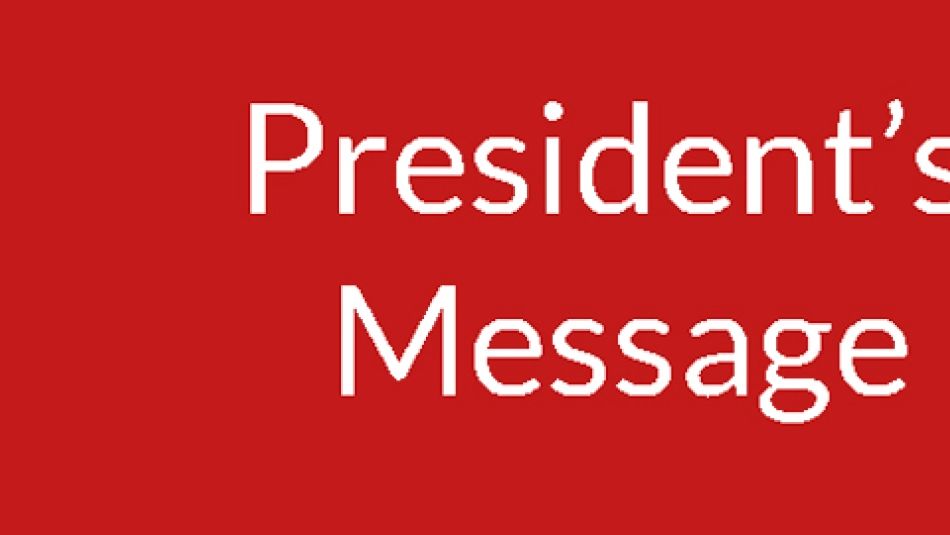
Share
This was published in the Huffington Post on Thursday March 31, 2016
The Employment Insurance changes in the federal budget last week mark a significant and positive change in attitude coming out of Ottawa.
Under the former Conservative Government, workers who lost their jobs had come to learn that Ottawa would not be there for them with an EI plan that would see them through the tough times of looking for a job as the government repeatedly chipped away at the eligibility for collecting benefits.
The result was predictable, with less than 40 per cent of those who lose their jobs today being able to collect any EI. That’s less than half the rate that could count on receiving benefits in the 1980s. In other words, over a generation of cuts and rule changes workers learned that Ottawa didn’t have their back.
That changed last week when the new Liberal government brought down its first budget, which included several changes to EI that the government claims will make another 50,000 Canadians eligible for benefits:
- The requirement to work 910 hours before being eligible for benefits is being replaced with regionally determined eligibility levels
- The waiting period before benefits start drops from two weeks to one
- Workers in areas hit hard by low commodity prices, such as Northern Alberta, Sudbury and Newfoundland, can collect benefits for an additional five weeks, to a maximum of 50 weeks
- Workers with longer service in such areas can collect up to 20 more weeks’ benefits, up to 70 weeks
These changes largely return the EI program to its original intent – to provide some stability for families and their communities through tough times. While these changes don’t fix all the problems with EI, the important thing here is the shift in attitude from finding ways to keep workers from collecting the benefits they deserve, to finding ways that EI can help workers, their families and their communities when they need it most.
In Calgary yesterday, Trudeau said the government is always reviewing its changes to improve EI, and will be looking for ways to “increase that impact if necessary”.
There is no shortage of ways that the Liberals can look for ways to increase the impact of their EI changes to date. A good start would be to increase the maximum payout of $537, an increase of only $13 from last year and still too low to help a family through difficult times.
More significant would be a reversal of the ability of the government, following the example of previous governments, to transfer billions in so-called surplus money out of the EI fund to general revenues. Over the past few years, the EI fund has racked up some $6.9 billion in surpluses: $3.5 billion in 2014, $2.2 billion in 2015 and an expected $1.2 billion in 2016, with the money going directly into government coffers.
The previous Conservative government brought in a plan to prevent future surpluses by cutting the premiums paid into the EI fund, something the Liberals have not reversed. This, too, is the wrong response to a fund surplus.
That money was put there by workers for a rainy day. It’s their money, and they deserve to know it will be there for them in one form or other when they need it. If there is more money in the fund than is needed to pay out EI benefits, it shouldn’t go into government coffers or used to fund premium cuts. Instead, the extra money could be used to expand the program by making even more people eligible for benefits, improving the payouts and expanding training programs.
At one time, before governments starting cutting back on EI and looking for new and creative ways to deny workers the benefits they were owed, the program actually helped workers find new jobs.
Programs such as the National Training Program and others allowed workers to continue collecting benefits while attending school or training full time so they could learn the skills needed to find new work. Women were encouraged through the program to learn a skilled trade. Young people were given training opportunities that were far beyond what is available today.
But that kind of opportunity is not possible if EI is seen as some sort of slush fund for the government or used to fund premium cuts.
No government should ever be allowed to take money out of the EI fund, and it may be time to consider entrenching that principle in law. Legislation that guarantees that the money workers pay into EI will be there for them when they need it would give those workers and their communities a great deal of comfort.
Our new government has made significant steps in ensuring that EI meets the needs of workers and their communities. Guaranteeing the money will be there for them when they need it would be the next logical step.


